Rossyvolan
Houses within 15km of this house
Displaying 36 houses.
Houses within 15km of Rossyvolan
Displaying 36 houses.
| House name | Description | |
|---|---|---|
| Stonewold | Edward Allingham was leasing a property at Ballyhanna from the Conolly estate at the time of Griffiths Valuation when it was valued at £20. It is labelled on both the 1st and 25-inch edition Ordnance Survey maps as Stone Wold. It was later associated with the Crawford family. Stone Wold was one of a number of properties demolished in the mid-1940s when several townlands were inundated as part of the Erne Hydro-Electric scheme. | |
| Laputa | Laputa was occupied by Robert Johnstone at the time of Griffith’s Valuation, when he was leasing it from the Conolly estate. It was then valued at £30. In 1837 Lewis had recorded it as the seat of J.F. Johnstone. It was one of a number of properties demolished in the mid-1940s when several townlands were inundated as part of the Erne Hydro-Electric scheme. | |
| Cherrymount (Ballyshannon) | Cherrymount was leased from Forbes Johnston’s estate by Hugh Tuthill at the time of Griffith’s Valuation, when it was valued at £16. Lewis recorded it as the seat of Dr. Crawford in 1837. In 1867 Forbes Johnston offered 160 acres of Cherrymount for sale in the Landed Estates Court. The sale notice stated that Hugh Tuthill's lease began in 1854, for 21 years. The property is labelled Cherrymount on the 1st and 25-inch Ordnance Survey maps. It was submerged under the waters of Assaroe Lake in the 1940s as part of the Erne Hydro Electric Scheme | |
| Camlin Castle | Camlin was held in fee by John A. Tredennick at the time of Griffith’s Valuation, when it was valued at £65. It is largely demolished owning to the expectation, unfounded as it turned out, that the site would be flooded by the Erne Hydro Electric scheme in the 1940s. | |
| Ferns Hill Glebe House | This property was held in fee by Reverend G. Tredennick at the time of Griffith’s Valuation, when it was valued at £24. It is labelled as both Glebe and Ferns Hill on all editions of the Ordnance Survey maps up to the 1940s. It is no longer extant. | |
| Mullans House | Robert Reynolds was leasing this property from John A. Tredennick at the time of Griffith’s Valuation, when it was valued at £20. It remained extant and occupied until the mid-1940s when it was demolished in advance of the Erne Hydro Electric scheme. | |
| Drumlonagher | At the time of Griffith’s Valuation,in the 1850s. this property was leased from the Arran estate by Anthony McLoone, when it was valued at £46. The ruins of the mill are still visible at the site. | |
| Farmhill (Donegal) | Jacob Spence was leasing this property from the Arran estate at the time of Griffith’s Valuation in the 1850s, when the complex was valued at £23, including a flax mill and a corn mill. | |
| The Moor | This house is labelled "The Moor" on the 1st edition Ordnance Survey map of the 1830s. Reverend William Ewing was leasing this property from the Arran estate at the time of Griffith’s Valuation in the 1850s, when it was valued at £20. On the 25-inch Ordnance Survey map the house at this site is labelled “Vicarage”. A house is still extant at the site. | |
| Coxtown Manor | Coxtown Manor was occupied by Alexander Hamilton at the time of Griffith’s Valuation in the 1850s. He was leasing from the Provost and Fellows of Trinity College. The house was valued at £35. In 1901 Coxtown was occupied by William Alexander Hamilton and his family. The house is still extant and occupied |
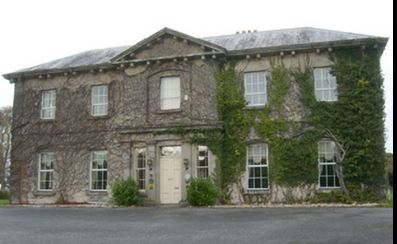
|
| Urbalshinny | William Armstrong was leasing two properties which included a house and large mill complex, from the Hamilton estate at the time of Griffith’s Valuation. One, leased from Andrew Hamilton, was valued at £95, while the second leased from the representatives of John Hamilton, was valued at £37. The extensive ruins of these mill buildings and their associated houses are still visible in the landscape | |
| Brown Hall | The house at Brownhall was valued at £35 at the time of Griffith’s Valuation, when it was occupied by James Hamilton, junior who held it in fee. Brownhall is still extant and occupied. In 1837 Lewis recorded it as the seat of Edward Hamilton.The house is labelled Brownhall on all editions of Ordnance Survey maps and a house remains at the site. The National Inventory of Architectural Heritage suggests the original part was constructed in the late seventeenth or early eighteenth century but the house currently in use is later than that. | |
| Coolbeg | ||
| Tullybrook | Charles Johnston was leasing this property from the estate of the Provost and Fellows of Trinity College at the time of Griffith’s Valuation. The buildings were valued at £20 at the time. This house appears to have been built after the 1st edition Ordnance Survey map of the 1830s. It is labelled Tullybrook on the later editions. It is now a ruin. | |
| Drumbeg House (Inver) | A house named Drumbeg or Cloverhill is shown in the townland of the same name on the 25-inch Ordnance Survey map. At the time of Griffith’s Valuation in the 1850s, it leased by William Sinclair from the Conyngham estate and valued at £21 15s. Drumbeg House is still extant. |
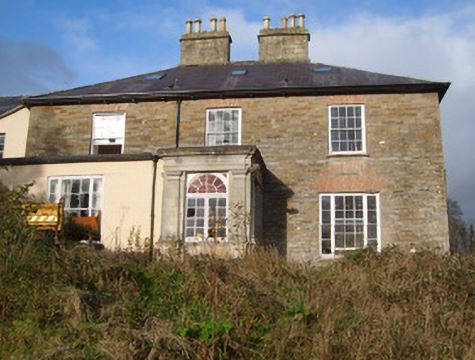
|
| Cavangarden House | Thomas J. Atkinson held this property in fee at the time of Griffith’s Valuation, when it was valued at £20. It still held this valuation in 1906. A second property in the townland, valued at almost £8, was occupied by John Atkinson, leasing from William Atkinson. Lewis had also noted it as a seat of the Atkinson family in 1837. Cavangarden is still a working farm where guest accommodation is provided. | |
| Lough Eske | In 1837 Lewis had recorded Lough Esk as the seat of T. Brooke. At the time of Griffiths Valuation, in 1857, the buildings at Lough Eske were valued at £44 15s. Thomas Young Brooke subsequently undertook further development at the site. In 1906 the owner was Major General H.G. White and the property was valued at £90. The National Inventory of Architectural Heritage provides a detailed account of the occupation of this site from the building of a house by the Knox family in 1621. It notes that the building was run as a hotel in the early part of the 20th century until it was badly damaged by fire in 1939. It was restored in the early years of the 21st century and now functions as a luxury hotel. |
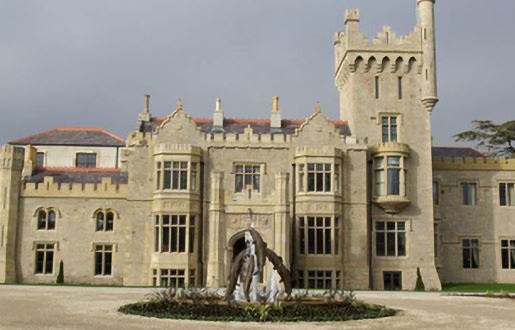
|
| Stonewold | Edward Allingham was leasing a property at Ballyhanna from the Conolly estate at the time of Griffiths Valuation when it was valued at £20. It is labelled on both the 1st and 25-inch edition Ordnance Survey maps as Stone Wold. This house was recorded as the address of Johnston Teevan, solicitor, at the time of his death in 1872. It was one of a number of properties demolished in the mid-1940s when several townlands were inundated as part of the Erne Hydro-Electric scheme. | |
| Laputa | Laputa was occupied by Robert Johnstone at the time of Griffith’s Valuation, when he was leasing it from the Conolly estate. It was then valued at £30. It was one of a number of properties demolished in the mid-1940s when several townlands were inundated as part of the Erne Hydro-Electric scheme. | |
| The Hall (Inver) | This property was held in fee by the Marquis of Conyngham’s estate at the time of Griffith’s Valuation, when it was valued at £38. Lewis records that it was occupied by a Colonel Pratt in 1837, though notes that it was a seat of the Conyngham family. The National Inventory of Architectural Heritage suggests the house was built some time in the 1750s. It is still extant. |
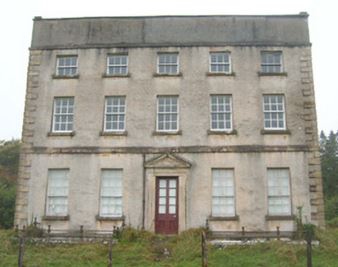
|
| Salthill House (Inver) | Robert Russell was leasing this property from the Conyngham estate at the time of Griffith’s Valuation when it was valued at £20. It is still extant and occupied. A smaller property, labelled Sea View, is shown on the shoreline adjacent to the main house on the 1st edition Ordnance Survey map but is not labelled on the later editions. |
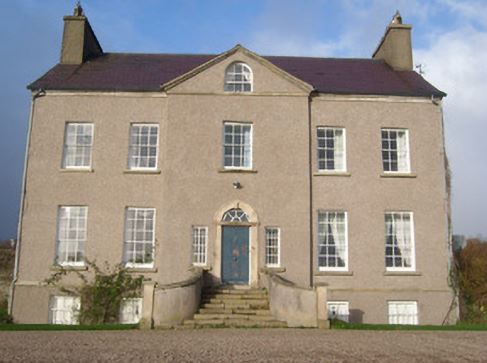
|
| Wood Lodge (Inver) | Daniel J. Cruise was occupying this property at the time of Griffith’s Valuation, when it was valued at £10 and leased from the Conyngham estate. It is labelled Wood Lodge on the 25-inch Ordnance Survey map. | |
| Brown Hall (Tirhugh) | James Hamilton held Brownhall in fee at the time of Griffith’s Valuation, when it was valued at £35. In 1837 Lewis recorded Brown Hall as the seat of Reverend Edward Hamilton. The house is labelled Brownhall on all editions of Ordnance Survey maps and a house remains at the site. The National Inventory of Architectural Heritage suggests the original part was constructed in the late seventeenth or early eighteenth century but the house currently in use is later than that. | |
| St. Ernans | John Hamilton held St. Ernans in fee at the time of Griffith’s Valuation when the building complex was valued at £46 as well as a mill valued at £28. In the later 20th century the property functioned as a hotel. The National Inventory of Architectural Heritage suggests it was built in the 1820s but extended and modified later in the nineteenth century. It is still extant. |
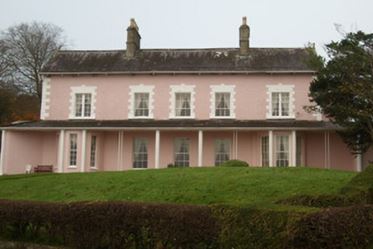
|
| Magherabeg (Tirhugh) |
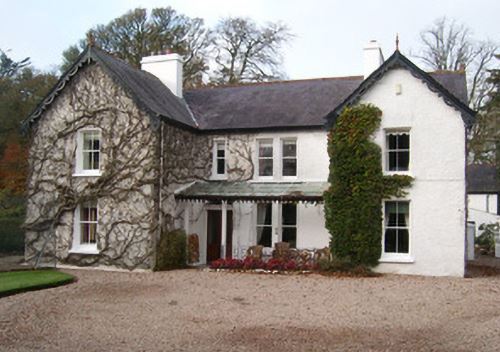
|
|
| Ardchicken House | At the time of Griffith’s Valuation, Samuel Fyffe was leasing this property from the Hamilton estate when it was valued at over £16. A house is still extant at this site. | |
| Altamenagh | At the time of Griffith’s Valuation, William H. Foster was leasing a house at Ballynakillew Mountain from the Provost and Fellows of Trinity College estate. It was valued at over £10. This appears to be the house labelled Altamenagh on later editions of the 6-inch Ordnance Survey map. It is no longer extant. | |
| Bonnyglen | The Sinclair estate held two properties in fee in this townland at the time of Griffith’s Valuation. A house valued at £8 was unoccupied while a caretaker’s house was valued at almost £5. In 1906 William Montgomery Sinclair was the owner of a mansion house valued at £28 at Bonnyglen. It is no longer extant and modern houses occupy the site. In 1837 Lewis had recorded Murray Babbington as the occupier of Bonnyglen. Documents included in the Chief Secretary Office papers at the National Archives of Ireland indicate Murray Babington acted as land agent for Alexander Murray. | |
| Ardnamona | This house was built after the publication of the 1st edition Ordnance Survey map. By the time of Griffiths Valuation in the 1850s, the house here was valued at £13 and was being leased by Richard Thompson from George "Rea". Local sources suggest, however, that Thomas Brooke was the owner of the land but that the house was built by George Wray. In 1837, Lewis refers to Ardnamona as "the romantic and picturesque place", property of G.C. Wray. By 1906 Ardnamona had been purchased by A.R. Wallace and the house was valued at over £29. The Wallace family extended and enhanced the gardens at the property. Ardnamona is still extant and occupied. |
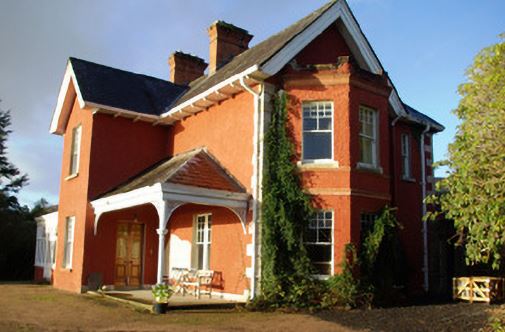
|
| Wardtown | In 1837 Lewis recorded "Wardton" as a residence of J. ffolliott. At the time of Griffiths Valuation it was leased from the ffolliott estate by Henry Likely and valued at £20. The National Inventory of Architectural Heriage suggests the house was built c.1739-1740 but has been out of use since 1916 and is now a ruin. |

|
| Rockville (Ballyshannon) | At the time of Griffiths Valuation in the 1850s, this property was being leased to Mary O'Neill by Edward Jones. Local sources suggest, however, that it was a residence of the ffolliott family and burned in the 1920s. | |
| Murvagh House | Reverend John Kincaid held this property in fee at the time of Griffiths Valuation in the 1850s, when it was valued at £25. It is labelled Glebe House on the 1st edition Ordnance Survey map but as Murvagh House on the 25-inch map of the early twentieth century. It is still extant. |

|
| Milltown House (Killymard) | William Graham was leasing this property from the Murray Stewart estate at the time of Griffiths Valuation in the 1850s when it was valued at £30. The house was built after the publication of the 1st edition Ordnance Survey map when the site was occupied by a spade foundry. Buildings are still extant at the site. | |
| Rossylongan House | Robert Steele was leasing this property from the Murray Stewart estate at the time of Griffiths Valuation in the 1850s when it was valued at £16. He had previously leased it from the Murray estate as he is recorded by Lewis as the occupant in 1837. Murray Babington is noted as the owner of property in this townland in the Tithe Applotment records from the 1820s. In the early twentieth century the house was owned by Patrick McManus, a Donegal man who had settled in Argentina. Rossylongan is no longer extant. |
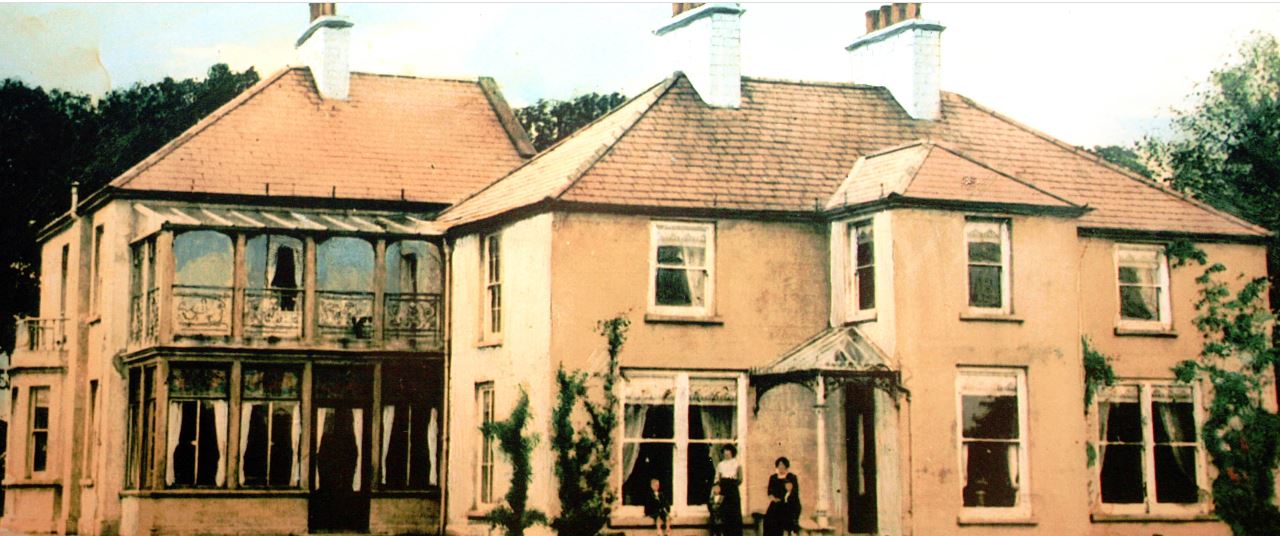
|
| Cloonbony House | In 1837 Lewis refers to Cloonbony as the seat of G. Davys. Leet noted it as the residence of William James Davys in 1814. At the time of Griffiths Valuation in the early 1850s it was leased by Francis Davys from Luke White’s estate, when it was valued at £10. The National Built Heritage Service suggests it was built c.1800. It is still extant and occupied. |
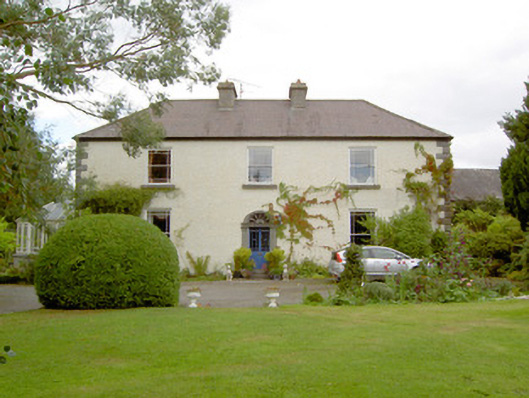
|
| Kilmacreddan House | At the time of Griffiths Valuation, Sophia Major was leasing this property from the Barton estate, when it was valued at £9. In 1868 it was offered for sale in the Landed Estates Court by Sophia Keane when the petitioner was Alexander Buchanan. Kilmacreddan is still labelled on the last edition of the 6-inch Ordnance Survey map but is no longer extant. |

